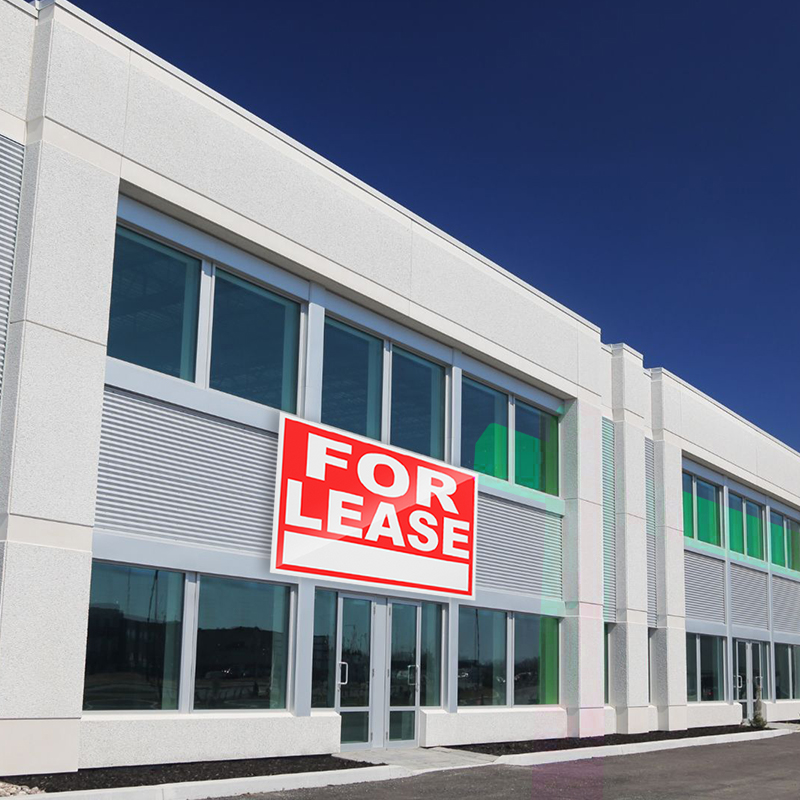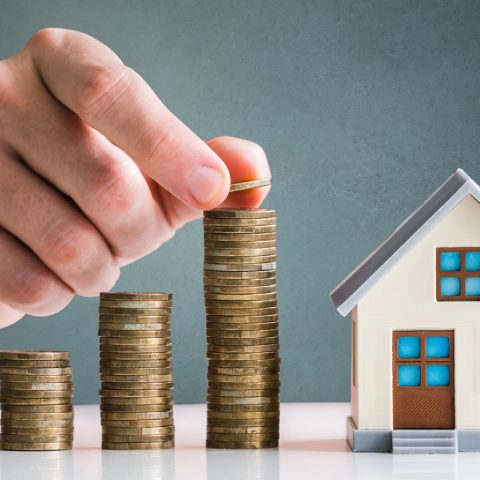When it comes to investing in commercial property, one of the most critical factors influencing returns and risk management is the length of the lease. While location and tenant quality are always front of mind, lease terms often determine whether an investment provides stable, long-term growth or becomes a source of ongoing uncertainty.
In residential property, leases are usually short-term, with most lasting six or twelve months. Commercial property, however, operates on a different playing field. Leases can run for three, five, ten, or even twenty years, offering a fundamentally different risk-return profile for investors. This distinction is one of the reasons commercial property is seen as a powerful strategy for those investing directly or via structures like self-managed superannuation funds (SMSFs).
Below, we explore why longer leases matter, the benefits they bring to both landlords and tenants, and the key considerations investors should keep in mind when structuring lease agreements.
1. Stability Of Income
For most investors, the biggest appeal of a longer commercial lease is predictability of cash flow. Commercial tenants are typically businesses that rely on consistent premises for operations, whether that’s a retail store, a medical practice, or a warehouse. A five- or ten-year lease gives landlords confidence that rental income will continue to flow, often with built-in rent increases linked to CPI or fixed percentages. This stability can be especially valuable in uncertain economic times. With longer leases in place, landlords don’t need to constantly worry about tenant turnover or the cost of finding new occupants.
2. Lower Vacancy Risk
Every property investor knows that vacancies are expensive. Between lost rent, marketing, and leasing fees, even a few months of vacancy can erode returns. Longer leases reduce the risk of frequent turnover, helping investors maintain occupancy and avoid costly gaps. For example, a logistics warehouse leased to a national distributor on a ten-year agreement is far less likely to sit vacant compared to a short-term arrangement. The tenant has made a significant operational commitment to the space, which aligns their interests with those of the landlord.
3. Enhanced Property Valuation
Commercial property valuations are heavily influenced by the lease profile, particularly the Weighted Average Lease Expiry (WALE). A property with a long WALE — meaning tenants are secured for many years — is generally more attractive to institutional buyers and lenders because it signals lower risk.
Put simply: the longer the lease, the more valuable the property. This is particularly true for high-quality tenants such as government departments, medical facilities, or large corporations. A property leased for 12 years to a blue-chip tenant will usually command a higher price than a comparable asset with only two years left on the lease.
4. Stronger Tenant Relationships
Longer leases often foster stronger relationships between landlords and tenants. With both parties committed for several years, there is more incentive to work collaboratively. Tenants may be more willing to invest in fit-outs, improvements, or upgrades if they know they’ll occupy the space long-term.
This can indirectly increase the property’s value, as well-maintained, upgraded premises are more appealing to future tenants or buyers. For landlords, it also reduces the churn and negotiation fatigue that comes with constantly re-letting properties.
5. Financing Advantages
Lenders tend to view commercial properties with longer leases more favourably. The predictable rental income provides a stronger basis for loan servicing, which can make it easier for investors to access finance or negotiate more competitive rates.
For SMSF investors in particular, where borrowing rules are stricter under Limited Recourse Borrowing Arrangements (LRBAs), having a long-term lease in place can provide additional security and confidence for both trustees and financiers.
6. Rental Growth Opportunities
Most commercial leases include rent escalation clauses — such as fixed annual increases or CPI-linked adjustments — that help protect investors against inflation and ensure rental income grows over time. Longer leases provide a clear runway for these increases to compound, boosting the property’s overall yield. For example, a ten-year lease with 3% annual increases could lift rent by more than 34% over the term, significantly enhancing cash flow and asset value without relying on market renegotiation.
7. Considerations And Risks
While longer leases offer many advantages, they’re not without risks. Investors should weigh:
* Tenant quality: A long lease with a weak tenant can create more problems than it solves. Always conduct due diligence on the tenant’s financial stability and business model.
* Flexibility: Longer leases can reduce flexibility if the market shifts and demand for different types of tenants grows. Break clauses or rent review mechanisms can help balance this.
* Market rent risk: Fixed rent increases may lag behind market growth, meaning investors could miss out on higher rents if the market rises quickly.
For these reasons, structuring the lease with professional advice is crucial. Including market review clauses at certain points in a long lease can help align income with market trends while maintaining stability. 8. Why Longer Leases Matter For Retirement Strategies
For investors using SMSFs or other long-term vehicles, longer leases are particularly valuable. Retirement planning relies on steady, predictable income streams, and commercial property can deliver that security when underpinned by quality tenants on long leases.
It turns the abstract notion of a “nest egg” into a tangible, income-generating asset. Whether it’s a medical centre, industrial warehouse, or neighbourhood retail strip, a well-leased commercial property can underpin financial security well into retirement. Longer leases are one of the defining features that set commercial property apart from residential investing. They provide stability, enhance valuations, and deliver predictable growth — making them a cornerstone for investors seeking reliable long-term returns.
The key, however, is in the detail. Not all long leases are created equal, and the benefits only materialise when paired with quality tenants, well-structured terms, and an asset aligned to market demand. For those willing to do the due diligence — or work with an experienced buyers agent who specialises in commercial property — longer leases can transform a good investment into a great one.



